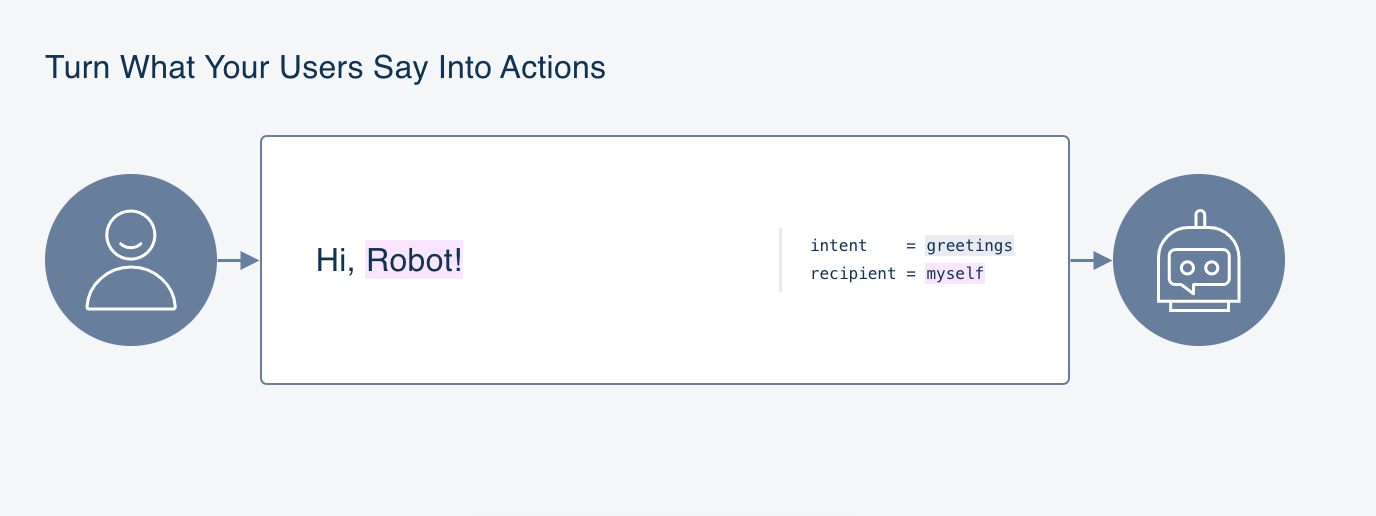The 5 Best Chat GPT Alternatives: A Comprehensive Guide
Discover the best Chat GPT alternatives on the market today! Explore platforms like Dialogflow, Rasa, Botpress, Snips, and Wit.ai in this comprehensive guide.
As the use of chatbots has exploded in recent years, so has the popularity of GPT (Generative Pre-trained Transformer) language models, which power many of the most advanced chatbots in the world. GPT-3, the latest iteration of this technology, has been hailed as a breakthrough in natural language processing, but its high price tag and limited availability have left many businesses and individuals looking for alternatives. In this article, we will explore some of the best Chat GPT alternatives on the market today.
Before we dive into the alternatives, let’s take a closer look at what GPT is and why it has become so popular. GPT is a type of deep learning algorithm that uses neural networks to generate natural language text. It works by analyzing vast amounts of text data to learn patterns and structures in language, which it can then use to generate new text that is both coherent and relevant to a given context. This makes it an ideal technology for chatbots, which need to be able to understand and respond to human language in real-time.
However, GPT is not without its limitations. Perhaps the biggest issue with GPT is its cost. GPT-3, for example, requires significant computing resources to run effectively, which can make it prohibitively expensive for many businesses and individuals. Additionally, GPT models are typically trained on large, diverse datasets, which means they can sometimes struggle with specific domains or use cases where there is limited data available.
With that in mind, let’s explore some of the best Chat GPT alternatives currently available.
5 Chat GPT Alternatives
Dialogflow by Google
Dialogflow is a natural language processing platform that allows developers to build chatbots and virtual assistants. It uses machine learning algorithms to understand and interpret user input and generate responses in real-time. Dialogflow has been widely adopted by businesses of all sizes due to its ease of use, scalability, and integration with other Google services such as Google Cloud Platform and Google Assistant.
One of the key advantages of Dialogflow is its ability to handle complex conversations with multiple turns and follow-up questions. It can also integrate with a wide range of third-party tools and services, making it a highly customizable solution for businesses with specific requirements.
Botpress
Botpress is an open-source chatbot platform that provides a range of features for building and managing chatbots. It uses a modular architecture that allows developers to easily add new functionality and integrate with other tools and services. Botpress also offers a visual flow editor that makes it easy to design and build conversational flows.
One of the main advantages of Botpress is its flexibility. It can be hosted on-premise or in the cloud, and it supports a wide range of programming languages and frameworks. This makes it a good choice for businesses with complex requirements or those who want full control over their chatbot infrastructure.
Rasa
Rasa is an open-source framework for building chatbots and virtual assistants. It uses natural language understanding (NLU) and machine learning algorithms to interpret user input and generate responses. Rasa also provides a range of tools for managing conversations, including dialogue management, intent classification, and entity recognition.
One of the key advantages of Rasa is its focus on customizability. It can be adapted to a wide range of use cases and domains, making it a good choice for businesses with specific requirements. Rasa also provides extensive documentation and community support, making it easy for developers to get up and running quickly.

Rasa also provides a range of tools for managing conversations, including dialogue management, intent classification, and entity recognition.
Snips
Snips is a natural language processing platform that provides a range of features for building chatbots and virtual assistants. It uses machine learning algorithms to understand and interpret user input and generate responses. Snips also provides a range of tools for managing conversations, including dialogue management, intent classification, and entity recognition.
One of the main advantages of Snips is its privacy-focused approach. Unlike many other chatbot platforms, Snips processes all data locally on the device rather than sending it to a cloud server. This makes it a good choice for businesses that prioritize data privacy and security.
Additionally, Snips offers a wide range of pre-built components for building chatbots, including language models, dialogue management, and speech recognition. This makes it easy for developers to get started quickly and create powerful chatbots without needing to build everything from scratch.
Wit.ai
Wit.ai is a natural language processing platform that allows developers to build chatbots and virtual assistants. It uses machine learning algorithms to understand and interpret user input and generate responses. Wit.ai also provides a range of tools for managing conversations, including dialogue management, intent classification, and entity recognition.
One of the main advantages of Wit.ai is its ease of use. It offers a simple, intuitive interface for building chatbots and requires no prior machine learning or programming experience. This makes it a good choice for businesses that want to get started quickly and don’t have a dedicated development team.

Wit.ai is a natural language processing platform that allows developers to build chatbots and virtual assistants.
While GPT language models have revolutionized the chatbot industry, they are not always the best choice for every business or use case. Fortunately, there are now many Chat GPT alternatives available that offer similar functionality at a lower cost or with greater flexibility. From Dialogflow to Snips, each of the platforms listed above provides a range of features and tools for building powerful chatbots and virtual assistants. By exploring these options and finding the right fit for their needs, businesses can leverage the power of conversational AI to improve customer engagement, increase efficiency, and drive growth.
- Google Analytics for Beginners: Guide to Mastering Analytics - July 28, 2023
- National SEO for Lawyers: Drive Nationwide Traffic for Your Firm - July 28, 2023
- The Power of Local SEO for Lawyers: Build Your Practice - July 28, 2023


